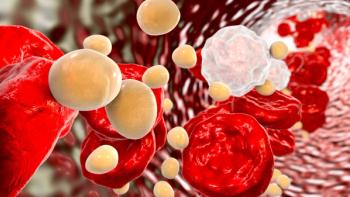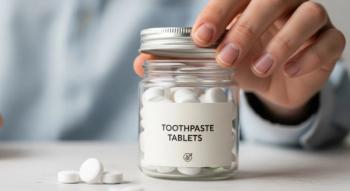
High Levels of Carcinogenic Chemicals Discovered in Drinking Water
Accumulation of chemicals found in drinking water supplied to 6 million people could lead to cancer and other health problems.
Researchers have found unsafe levels of polyfluoroalkyl and perfluoroalkyl substances (PFASs) in drinking water.
“For many years, chemicals with unknown toxicities, such as PFASs, were allowed to be used and released to the environment, and we now have to face the severe consequences," said lead author Xindi Hu. “In addition, the actual number of people exposed may be even higher than our study found, because government data for levels of these compounds in drinking water is lacking for almost a third of the US population - about 100 million people.”
PFASs do not breakdown easily, and people can become exposed long after the chemical was emitted from production facilities, according to the study published by Environmental Science & Technology Letters.
Accumulation of PFASs can lead to tumors, changes in cholesterol, low birth weight, liver damage, obesity, and the development of testicular,
Researchers used more than 36,000 water samples collected by the US Environmental Protection Agency (EPA) between 2013 and 2015 nationwide. Researchers also analyzed industrial sites, such as military fire training sites, water treatment plants, and airports that use fire-fighting foam that contain PFASs, according to the study.
They discovered that only 194 of 4864 water supplies has PFASs at the minimum reporting levels mandated by the EPA.For 75% of detections, researchers found that 13 states were responsible.
California, New Jersey, and North Carolina were among the highest detected states, according to the study. They also found that 66 public water supplies had 1 or more samples above the EPA limit for PFAs (70 ng/L).
In Warminster, PA, the concentration for perfluorooctanoic acid was as high as 349 ng/L. In Newark, DE, the concentration for Perfluorooctanesulfonic acid was as high as 1800 ng/L.
“These compounds are potent immunotoxicants in children and recent work suggests drinking water safety levels should be much lower than the provisional guidelines established by EPA,” concluded senior author Elise Sunderland, PhD.
Newsletter
Stay informed on drug updates, treatment guidelines, and pharmacy practice trends—subscribe to Pharmacy Times for weekly clinical insights.



















































































































































































































